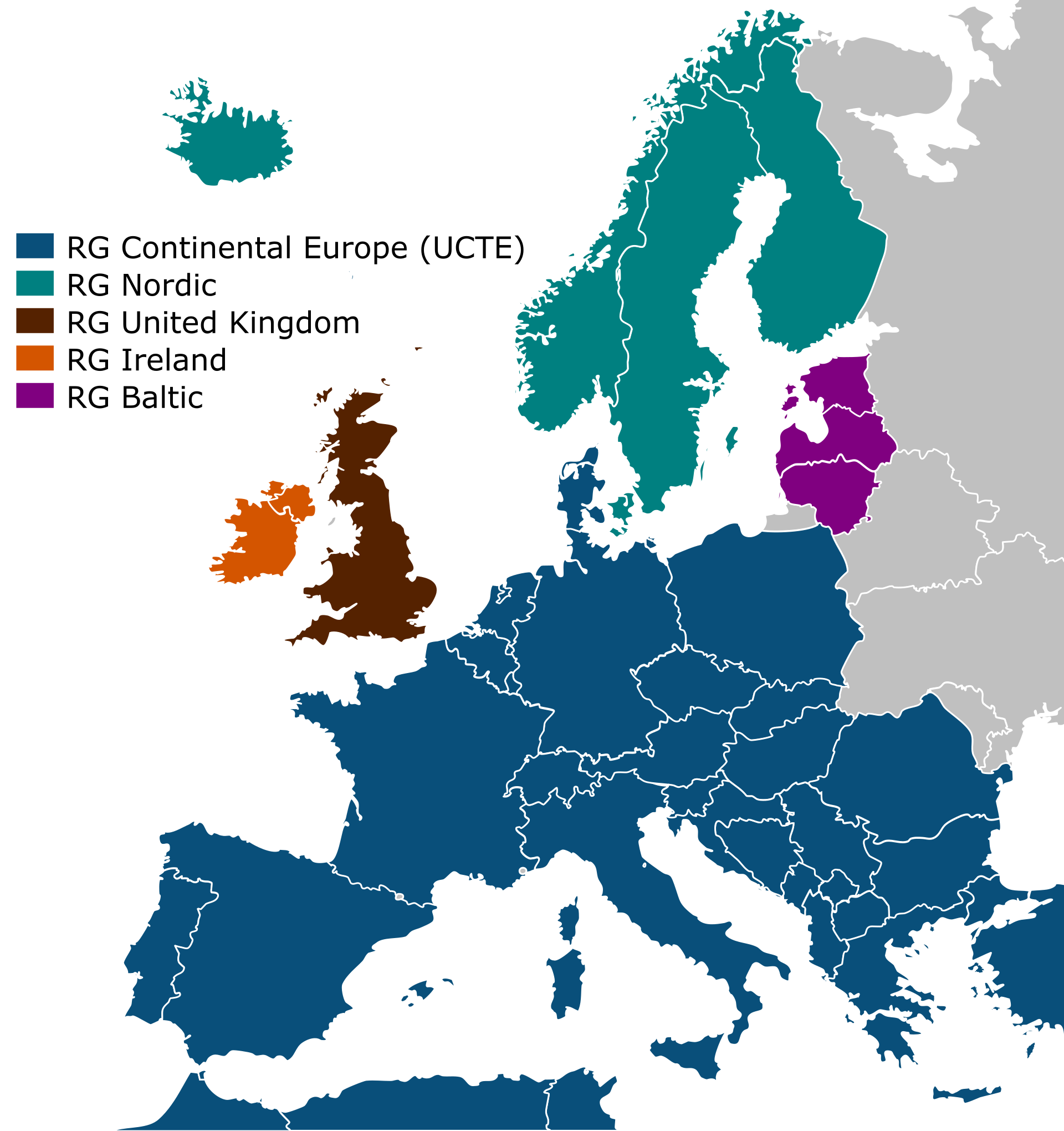
In the western world, a current change is underway with much more solar and wind power in the wide-area synchronous electrical grids both nationwide and regional across nations. It also increases the need for storage and both traditional lithium-ion batteries and hydrogen are potential storage solutions.
The transition to renewable electricity sources places higher demands on the batteries. A new report predicts a ten-fold increase in demand for lithium-ion batteries by 2030.
Battery systems connected to large solid-state converters have been used to stabilize power distribution networks. Some grid batteries are co-located with renewable energy plants, either to smooth the power supplied by the intermittent wind or solar output or to shift the power output into other hours of the day when the renewable plant cannot produce power directly
Swedish power company Vattenfall runs a project in Wales, UK, using batteries to maintain constant voltage and frequency from a wind farm. But this battery installation can only buffer electricity for very short periods.

Contrary to electric vehicle applications, batteries for stationary storage do not suffer from mass or volume constraints. However, due to the large amounts of energy and power implied, the cost per power or energy unit is crucial.
Hydrogen is another solution to the same problem and a storage project is underway in Östergötland, Sweden by the turbine manufacturer Siemens. The company is planning a small-scale trial, where it will produce its own hydrogen using the electricity leftover when testing gas turbines before delivery.
The Simens site will generate energy from its own solar park. The hydrogen gas is produced by electrolysis, where it divides water into its constituents of oxygen and hydrogen, and is then stored in tanks before being driven back into a turbine and converted into electricity again.
At Siemens, it is estimated that such a warehouse could hold the energy for weeks or months. The company says it sees an interest in hydrogen – especially from parts of the world that do not have hydropower to lean against.

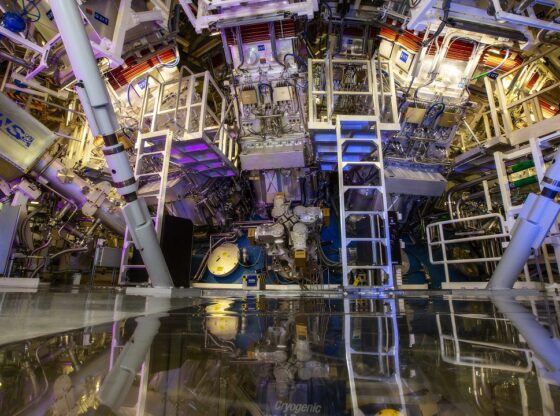
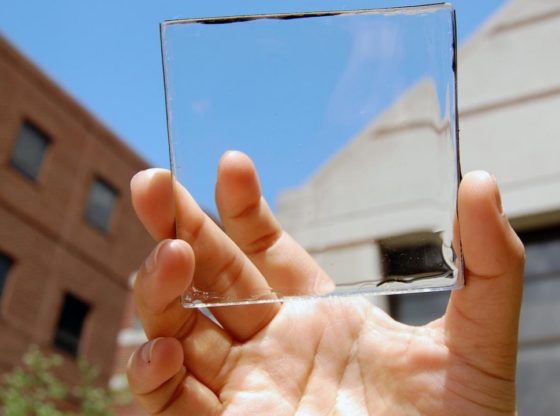
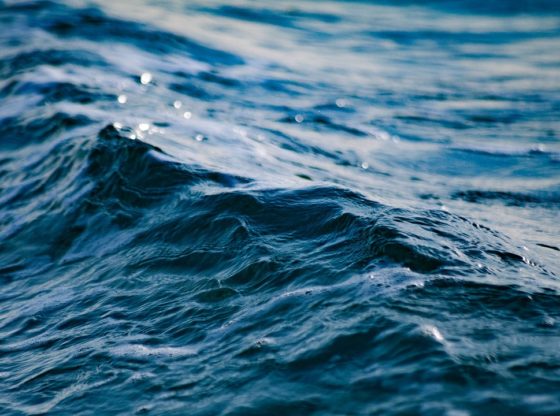
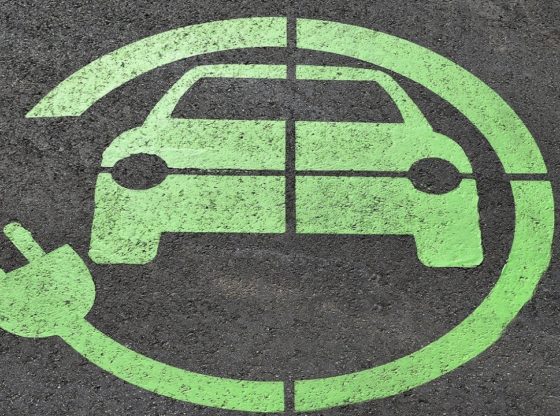

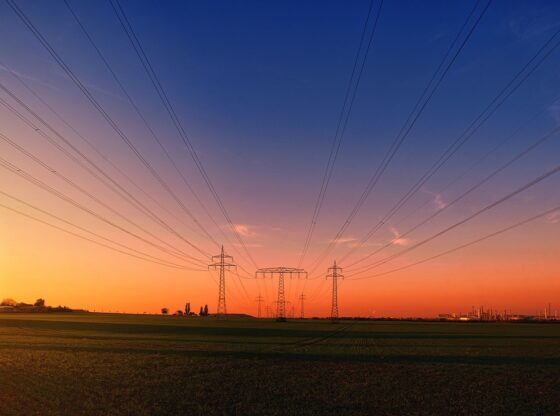
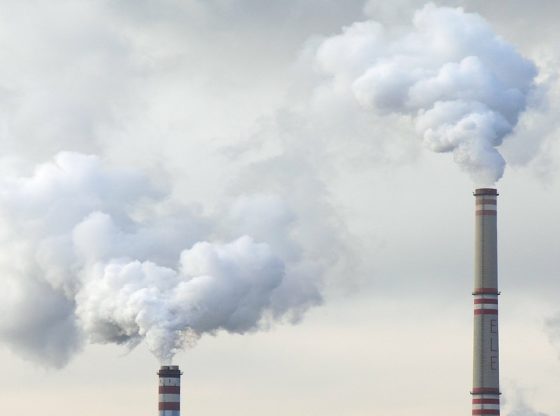

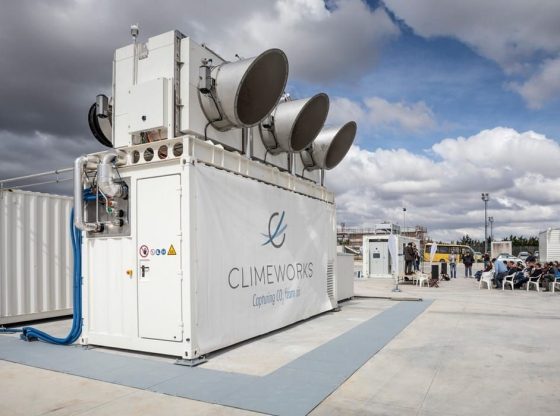

![OpenAI. (2025). ChatGPT [Large language model]. https://chatgpt.com](https://www.illustratedcuriosity.com/files/media/55136/b1b0b614-5b72-486c-901d-ff244549d67a-350x260.webp)
![OpenAI. (2025). ChatGPT [Large language model]. https://chatgpt.com](https://www.illustratedcuriosity.com/files/media/55124/79bc18fa-f616-4951-856f-cc724ad5d497-350x260.webp)
![OpenAI. (2025). ChatGPT [Large language model]. https://chatgpt.com](https://www.illustratedcuriosity.com/files/media/55099/2638a982-b4de-4913-8a1c-1479df352bf3-350x260.webp)








